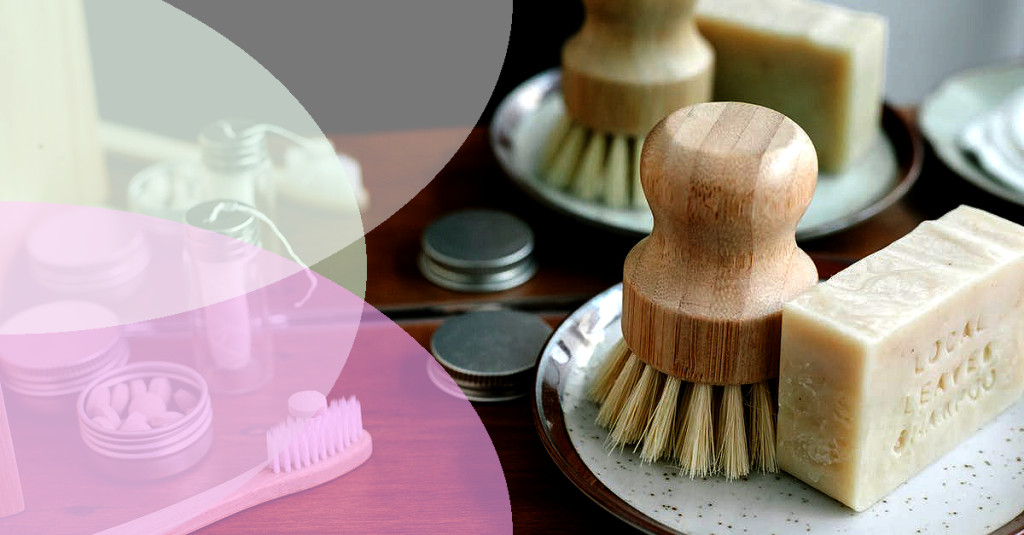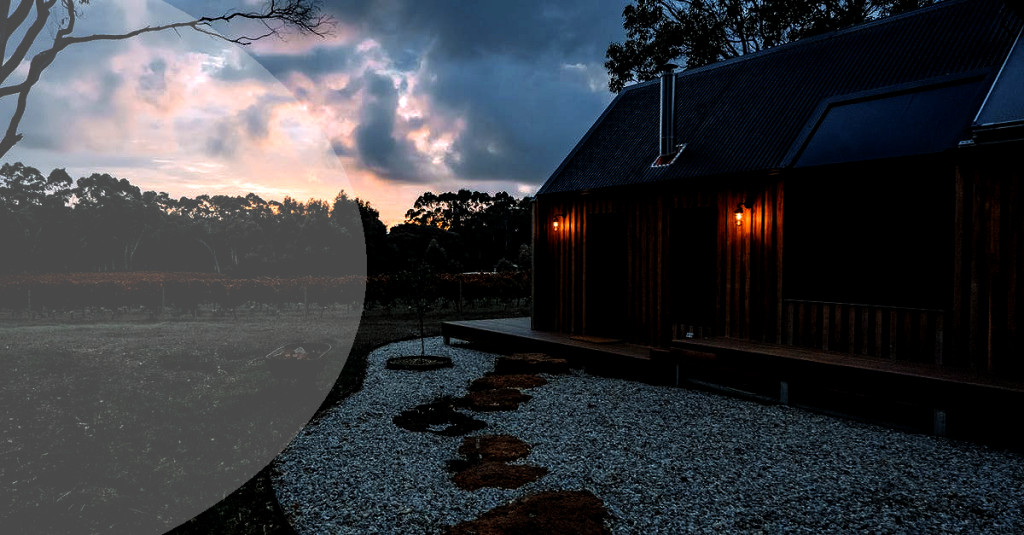How to Clean Your Home After a Natural Disaster

- The Aftermath of a Disaster, Now What?
- Sorting Through Debris: Let's Start at the Beginning
- Banishing Water & Moisture: The Flood Aftermath
- Exterminating Unseen Enemies: Mold & Mildew
- Recovering Reminders of the Past: Treasured Mementos
- Restoring your Safe Haven: Dealing with Structural Damage
- Charting the Path to Recovery: Future Disaster Preparation
The Aftermath of a Disaster, Now What?
Sorting Through Debris: Let's Start at the Beginning
Natural tragedies such as earthquakes, hurricanes, floods, or wildfires can leave your home in a mess. Not only is there visible wreckage, but there might also be unseen contaminants that could pose hazards to your health. A comprehensive cleanup is pivotal to ensure your family's safety and restore your home to its former pristine condition. Fear not! This guide will step you through how to clean your home after a natural disaster.
Banishing Water & Moisture: The Flood Aftermath
Before entering and cleaning your home post-disaster, make sure the area has been declared safe by local authorities. This step is critical to avoid further harm. Consider protective gear like gloves, boots, and masks which can offer protection as you begin the cleanup process.
When handling debris, place salvageable items in a safe spot for cleaning and disposal of the remaining waste according to local regulations. DisasterAssistance.gov provides a detailed guide on how to properly handle and dispose of disaster debris.
Exterminating Unseen Enemies: Mold & Mildew
Water left behind from floods or storms can lead to the growth of mold and mildew which are harmful to human health.
Remove any remaining water with pumps or buckets, then use a wet/vac to clear any residual dampness. Severe cases might require professionals for water removal to ensure thoroughly dried spaces. Having all surfaces dry is essential to prevent mold, as explained by the Environmental Protection Agency.
Recovering Reminders of the Past: Treasured Mementos

Mold and mildew can lurk in carpets, walls, and other areas that held moisture. They can cause allergies and respiratory issues. Use a mixture of one cup bleach to one gallon of water for hard surfaces. For fabric, dry them out in the sun and then launder as usual. Always remember, prevention is the best remedy to beat mold!
Restoring your Safe Haven: Dealing with Structural Damage
Start by air drying, rinsed off if necessary, then gently remove dirt with soft brushes or cloths. Remember to avoid touching the surfaces of photographs, as oils can cause further damage.
Charting the Path to Recovery: Future Disaster Preparation

Structural damage can vary from minor issues like leaky pipes to major problems like cracked foundations. Minor repairs can be done DIY style, but consider hiring a professional for serious structural damages to ensure safety and correct repairs.
The cycle of cleaning and restoration can seem never ending, but the experience can be used as a learning opportunity. Create an emergency plan for your family, pack emergency kits, and consider purchasing insurance if it's applicable in your region.
The aftermath of a natural disaster can indeed be chaotic and devastating. However, it is possible to restore your home effectively through methodical cleaning, repairs, and seeking professional help when necessary. Staying prepared for future occurrences will also help alleviate the stress associated with such events.
So next time when disaster strikes â you're prepared, not scared. With a plan to clean and restore, you can face future challenges with confidence knowing you've weathered this storm and you can do it again!





